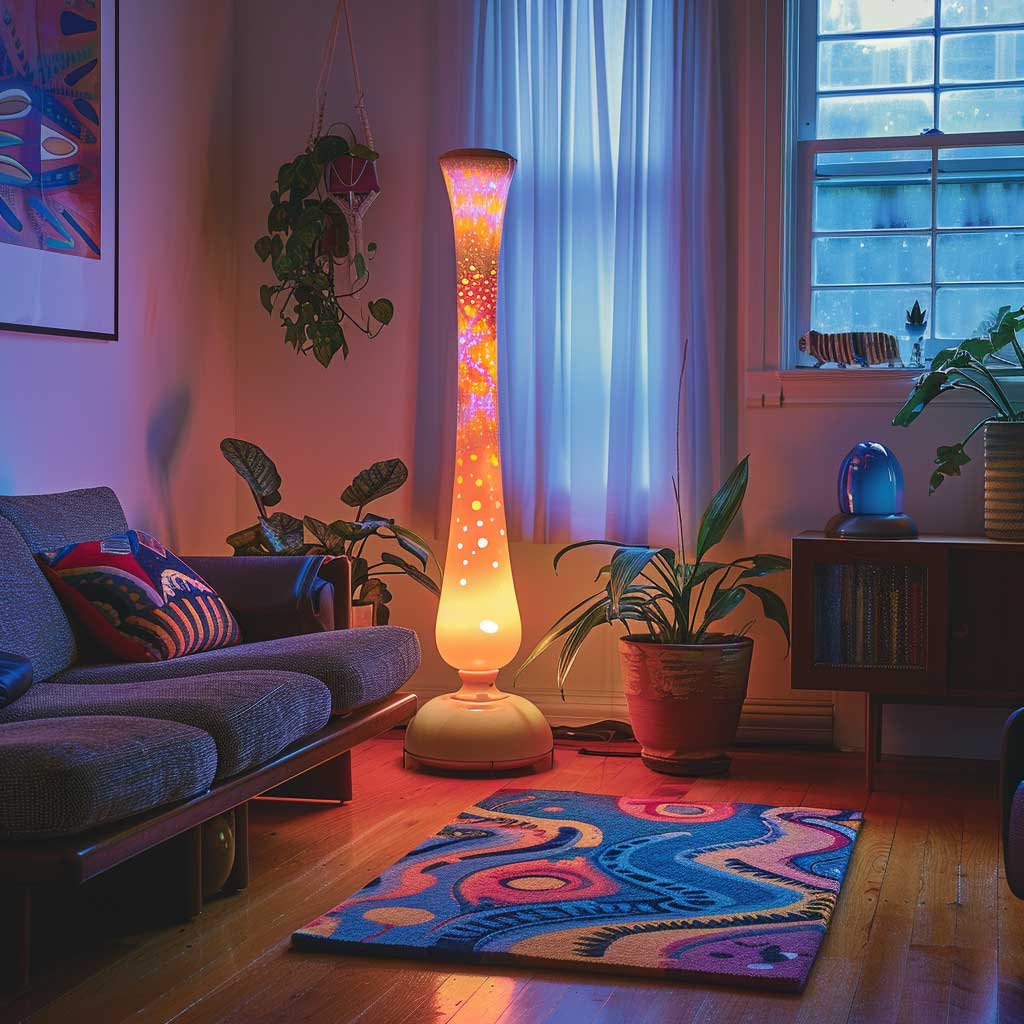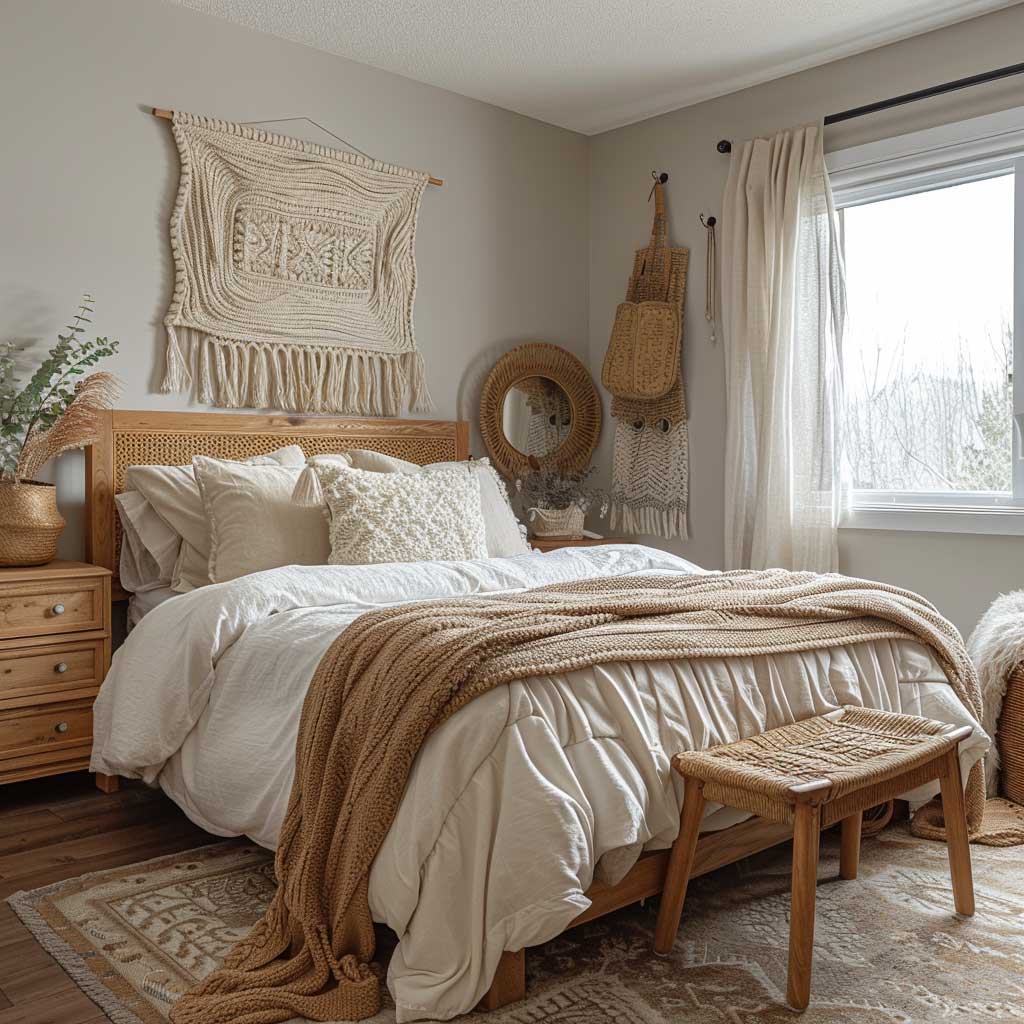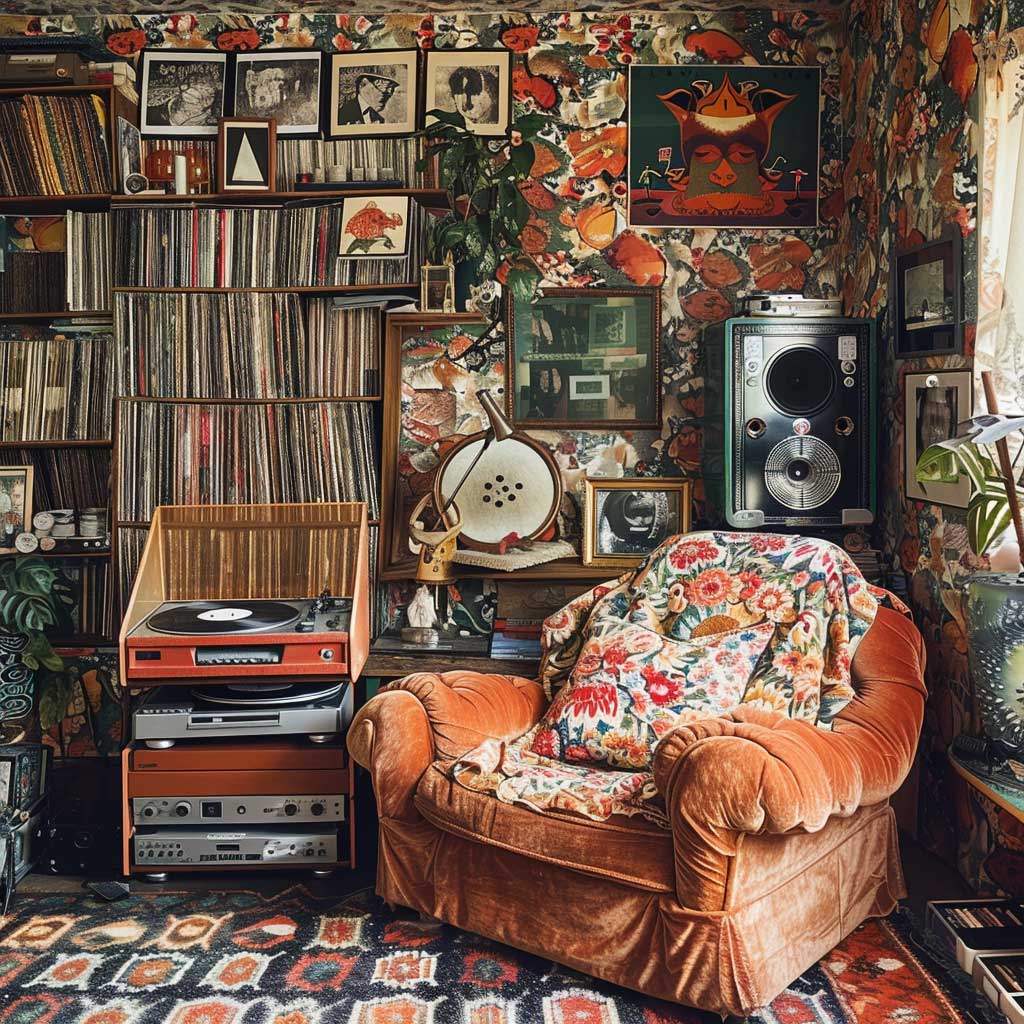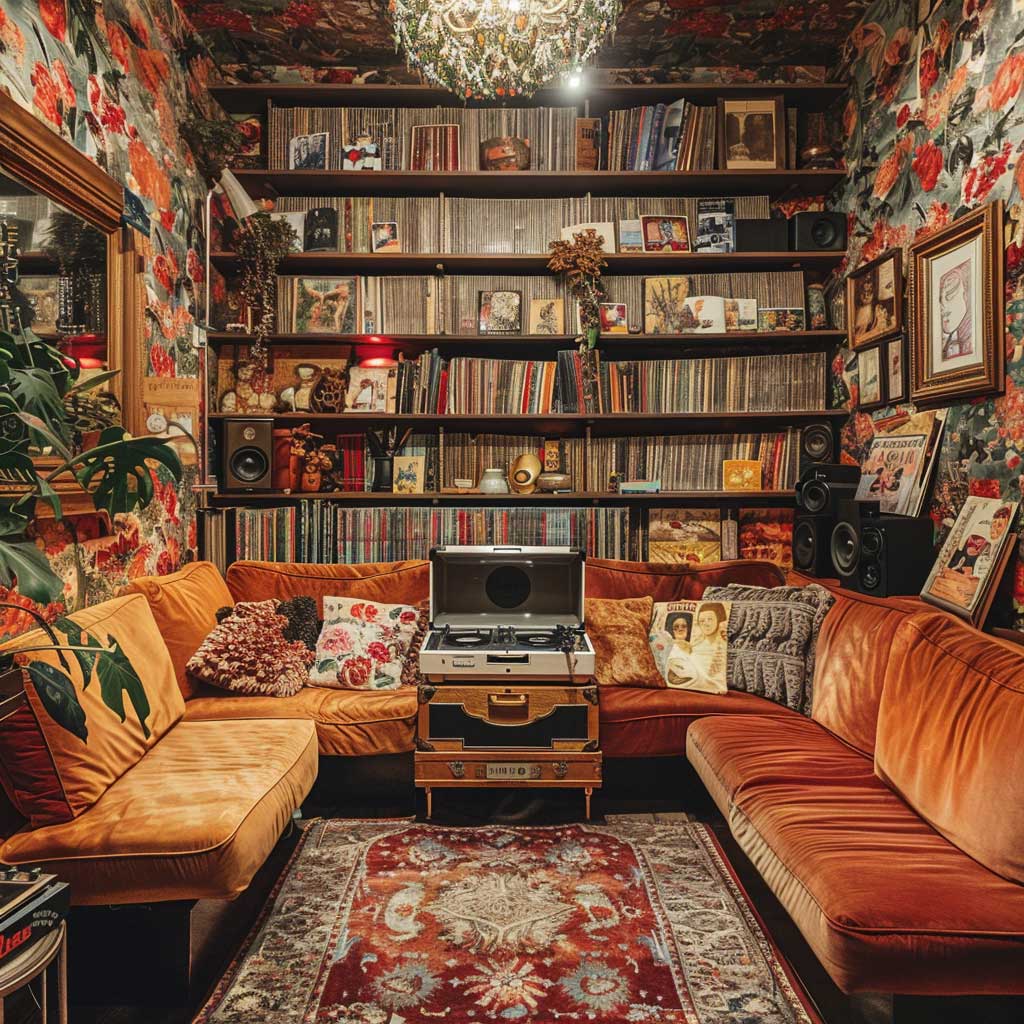Dive into the vibrant essence of the 1970s with unique accessories that can transform your home into a retro sanctuary. The 70s were a time of bold colors, eclectic patterns, and a blend of textures that defined a generation’s aesthetic. Today, incorporating retro 70s house interior accessories into your decor is not just about nostalgia; it’s about embracing a style that is both timeless and expressive. From shag rugs to lava lamps, these accents can add a touch of whimsy and warmth to any space.
Lava Lamps Lighting Up Retro Living Spaces




The resurgence of interest in retro 70s house interior designs has brought back a myriad of iconic elements that define the era, and among these, the lava lamp stands out as a symbol of the time’s unique aesthetic. Originally rising to popularity in the late 60s and early 70s, lava lamps have become synonymous with retro decor, embodying the era’s fascination with color, movement, and unconventional design. This essay explores how lava lamps can light up retro living spaces, adding a touch of whimsy and nostalgia while providing a functional piece of decor that captivates and soothes.
The allure of the lava lamp lies in its simplicity and the mesmerizing flow of its colored wax, which creates an ever-changing sculpture of light. The lamp’s soft, undulating glow brings warmth to any room, making it an ideal accessory for creating a cozy corner in a living space dedicated to relaxation and casual gatherings. The gentle movement of the lamp’s contents offers a visual spectacle that can serve as a focal point, drawing the eye and sparking conversation among guests.
Integrating lava lamps into a retro 70s house interior goes beyond mere decoration; it’s about capturing the spirit of an era that celebrated innovation, freedom, and a break from tradition. The lamp’s unique design and ambient lighting complement other vintage furnishings and patterns commonly associated with the 70s, such as shag rugs, bold geometric prints, and earthy color palettes. Together, these elements create a cohesive look that transports occupants and visitors alike back to a vibrant decade characterized by its daring approach to interior design.
Moreover, the placement of lava lamps in a retro-themed living space is crucial for maximizing their impact. Positioned on side tables next to plush, velvet-covered seating or on a shelf amidst a collection of 70s memorabilia, lava lamps can enhance the overall ambiance of the room. They work well in dimly lit areas, where their glow can be fully appreciated, adding depth and a sense of dynamism to the space.




The resurgence of the lava lamp in modern interiors speaks to a broader trend of embracing vintage elements as a means of personal expression. For enthusiasts of retro 70s house interior design, the lava lamp is more than just a lighting fixture; it’s a piece of history, a conversation starter, and a testament to the era’s enduring influence on contemporary decor. Its appeal extends beyond those with a nostalgia for the 70s, attracting anyone drawn to its unique aesthetic and the calming effect of its gentle, flowing light.
Incorporating lava lamps into a retro 70s-inspired living space is not only a nod to the past but also an opportunity to experiment with lighting in a way that adds personality and flair to the home. As we continue to explore and reinterpret vintage styles, the lava lamp remains a timeless accessory that bridges the gap between the past and present, offering both a functional light source and a piece of art that enlivens and enriches the living environment.
This exploration into the role of lava lamps in retro 70s house interiors highlights the importance of lighting in creating ambiance and setting the tone for a space. As we delve further into the revival of vintage decor trends, the lava lamp stands out as a key element that encapsulates the essence of the 70s, offering both a nostalgic nod to the past and a stylish addition to contemporary homes.
Macrame Wall Hangings in Bohemian Bedrooms




In the tapestry of retro 70s house interior design, macrame wall hangings emerge as quintessential artifacts that embody the era’s love for handcrafted, textural art. This resurgence of interest not only celebrates the aesthetic of the past but also aligns with contemporary desires for sustainable, personalized home decor. Macrame, with its intricate knots and patterns, offers a tactile and visually engaging element that can transform bedrooms into bohemian sanctuaries. This essay delves into how macrame wall hangings serve as focal points in bohemian bedrooms, integrating artistry and warmth into the retro 70s aesthetic.
The appeal of macrame in the 70s lay in its blend of artistry and accessibility, allowing individuals to create personalized decor that reflected their style and ethos. Today, macrame wall hangings continue to be cherished for their ability to add depth and character to interior spaces. In the context of a bohemian bedroom, they introduce texture and warmth, elements that are central to creating a cozy, inviting atmosphere. The intricate patterns and natural materials used in macrame pieces resonate with the bohemian spirit, emphasizing a connection to nature and an appreciation for craftsmanship.
Incorporating macrame wall hangings into a retro 70s house interior involves more than just hanging a piece of art; it’s about creating a harmonious balance between various design elements. The bedroom, a personal retreat for relaxation and reflection, becomes the perfect canvas for expressing this balance. Earth-toned bedding, natural wood furniture, and a selection of indoor plants complement the organic nature of macrame, together crafting a space that feels both grounded and ethereal.
The positioning of macrame wall hangings in the bedroom is crucial for maximizing their impact. Ideally placed above the bed or across from windows where natural light can highlight the intricacies of the knots, these hangings become not just decor but a statement of bohemian lifestyle and aesthetics. They embody the freedom and creativity of the 70s, inviting those who enter to immerse themselves in a space that celebrates individuality and the beauty of handmade art.




Moreover, the resurgence of macrame wall hangings in interior design speaks to a broader trend of embracing textures and layers. Beyond their visual appeal, these pieces add a tactile quality to the bedroom, encouraging touch and interaction. This multisensory approach to decor is a hallmark of bohemian design, where the emphasis is on creating spaces that are not only visually stimulating but also rich in textures and experiences.
In the modern interpretation of retro 70s house interiors, macrame wall hangings stand out as symbols of a bygone era’s enduring legacy. They remind us of the value of craftsmanship, the beauty of natural materials, and the importance of personal expression in our living spaces. As we continue to navigate the intersections of past and present in interior design, macrame offers a timeless appeal, bridging generations through its intricate artistry and warmth.
Integrating macrame wall hangings into bohemian bedrooms is thus more than a nod to retro 70s aesthetics; it’s an embrace of a lifestyle that values creativity, sustainability, and the warmth of personal touch. As we adorn our spaces with these handcrafted pieces, we invite the spirit of the 70s into our homes, creating sanctuaries that reflect our desires for a more thoughtful, connected way of living.
Vintage Record Players in Eclectic Dens




The resurgence of retro 70s house interior design has ushered in a nostalgic appreciation for vintage elements that encapsulate the spirit of the era, with vintage record players standing out as iconic symbols of this design renaissance. These timeless pieces not only evoke a sense of nostalgia but also serve as functional decor, offering a unique blend of history, artistry, and music. This essay explores the role of vintage record players in eclectic dens, highlighting how they contribute to creating spaces that celebrate the fusion of past and present through music and design.
In the 1970s, music was not just a background element but a central feature of social interaction and personal expression. The record player, therefore, was more than an audio device; it was a statement piece that reflected one’s musical tastes and stylistic preferences. Integrating a vintage record player into an eclectic den today taps into this tradition, making music a focal point of the room and inviting a communal experience of music appreciation that transcends generations.
The aesthetic appeal of vintage record players lies in their design and craftsmanship. From sleek, mid-century modern models to ornate, wood-encased turntables, these pieces are as much a visual treat as they are an auditory one. Placing a vintage record player in an eclectic den not only enhances the retro 70s house interior vibe but also adds a layer of authenticity and warmth to the space. The tactile experience of selecting a vinyl record, placing it on the turntable, and dropping the needle creates a ritual that enriches the listening experience, making it more intentional and immersive.
Designing an eclectic den around a vintage record player involves curating a mix of textures, colors, and styles that reflect the diverse influences of the 70s era. Plush velvet seating, psychedelic wallpapers, and a collection of vinyl records displayed on shelves or in custom cabinets can complement the record player, creating an inviting and dynamic space. The eclectic nature of this design approach allows for personalization, enabling individuals to blend various elements that resonate with their aesthetic and musical preferences.




The incorporation of vintage record players in modern interiors also speaks to a broader trend of valuing analog experiences in a digital world. In an age where music is often consumed through streaming services and digital devices, the tactile and auditory experience of vinyl playback offers a refreshing counterpoint. It encourages a deeper engagement with music, where album artwork, liner notes, and the physical act of flipping a record become part of the enjoyment.
Moreover, vintage record players in eclectic dens serve as a bridge between past and present, inviting a dialogue about music’s evolving role in our lives and homes. They remind us of the power of music to bring people together, to evoke memories, and to inspire creativity. As centerpieces of retro 70s house interiors, these record players become symbols of a time when music was an integral part of the home’s social fabric, encouraging a revival of communal listening and appreciation for the art of music.
In conclusion, vintage record players are more than just musical instruments; they are artifacts of a bygone era that continue to resonate in contemporary interior design. Their integration into eclectic dens enhances the retro 70s house interior aesthetic, creating spaces that celebrate the fusion of music, design, and personal expression. As we embrace the tactile and auditory pleasures of vinyl in our homes, we pay homage to the past while creating new memories and experiences that bridge generations.
Reviving the spirited charm of the 1970s in your home is an adventure in style, culture, and history. By carefully selecting accessories that embody the era’s unique flair, you can create a space that not only pays homage to the past but also brings a timeless cool to your modern home. Embrace the boldness of the 70s and let your living space reflect a period known for its daring approach to design and decoration.












